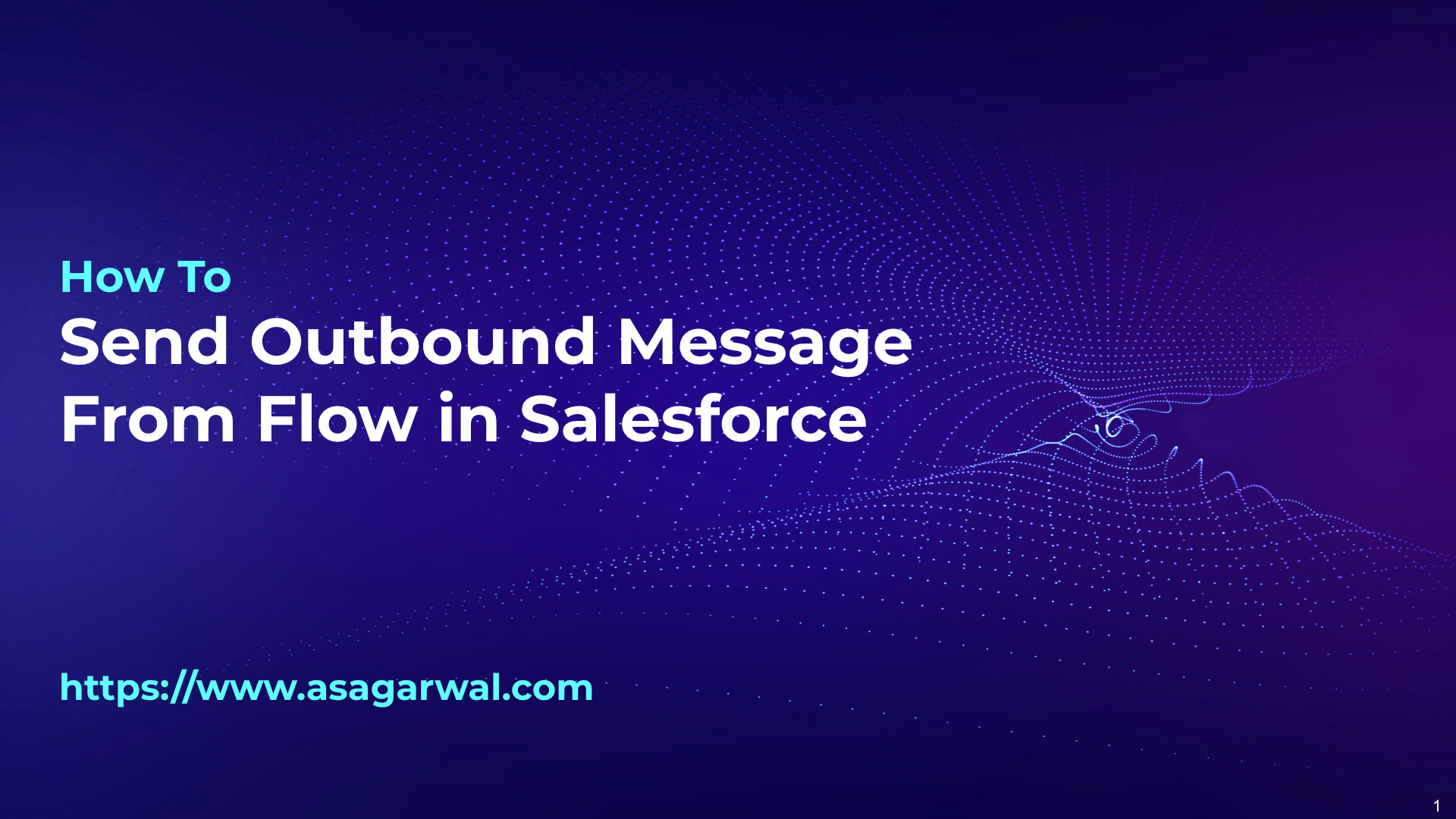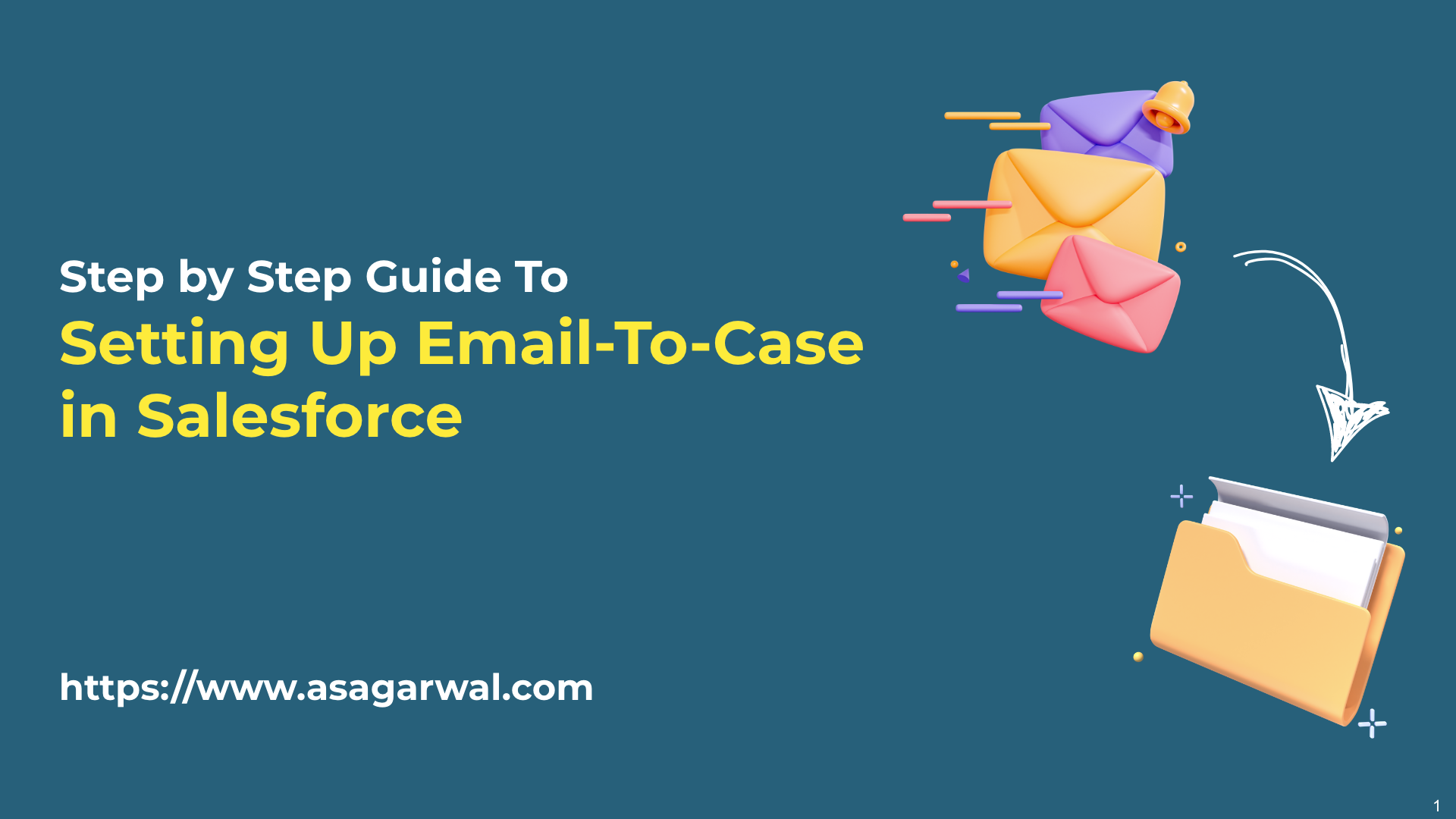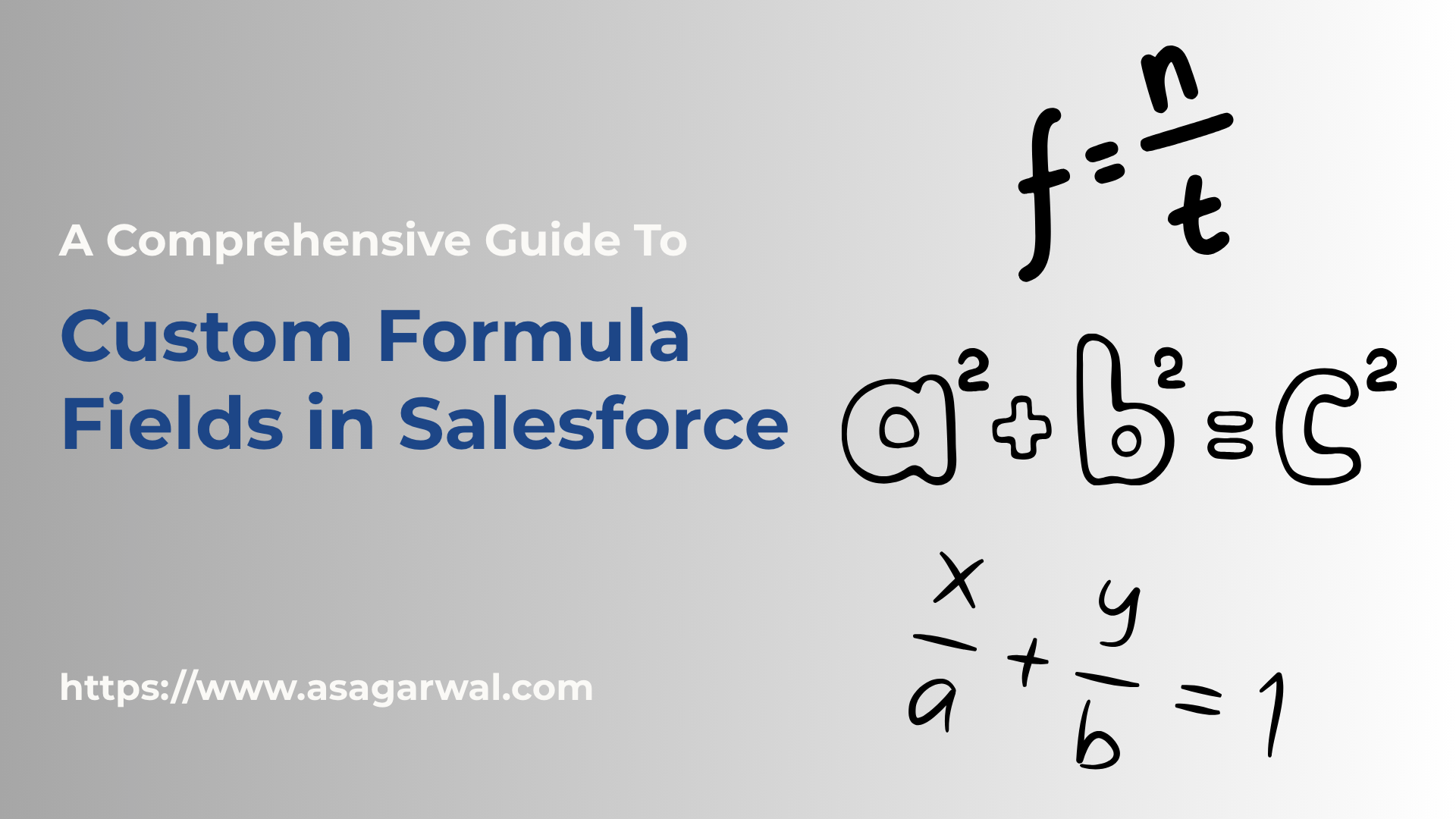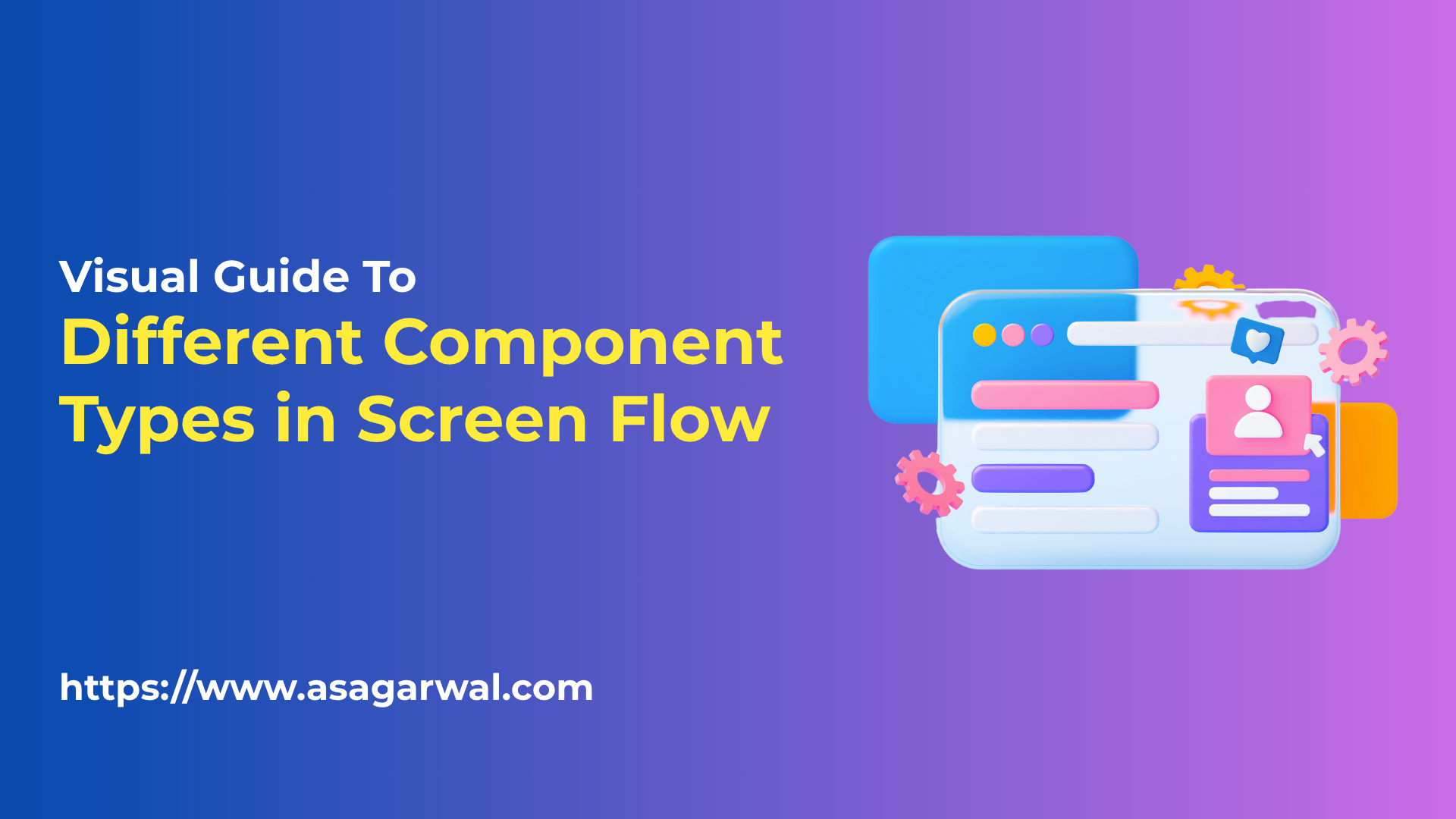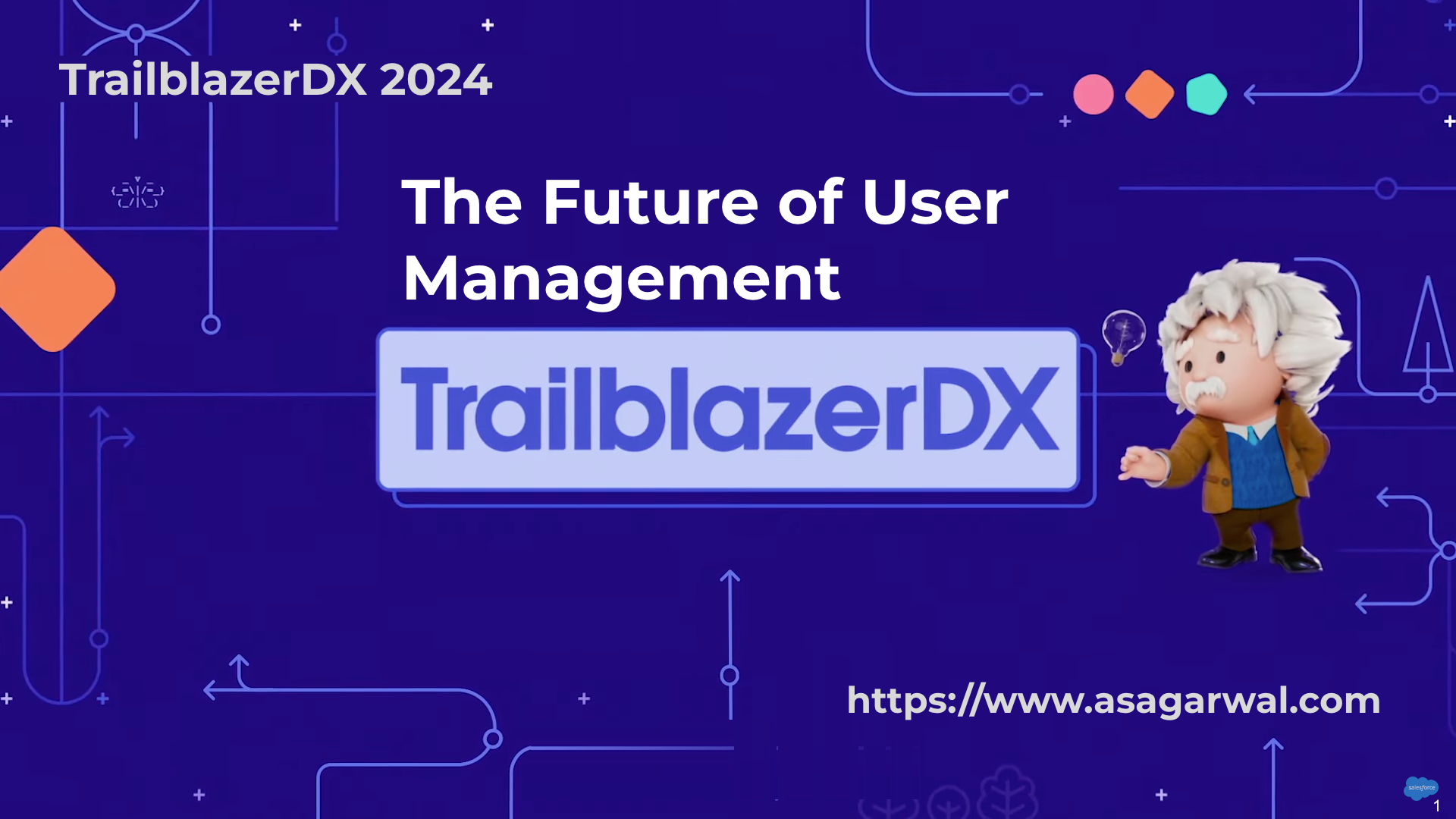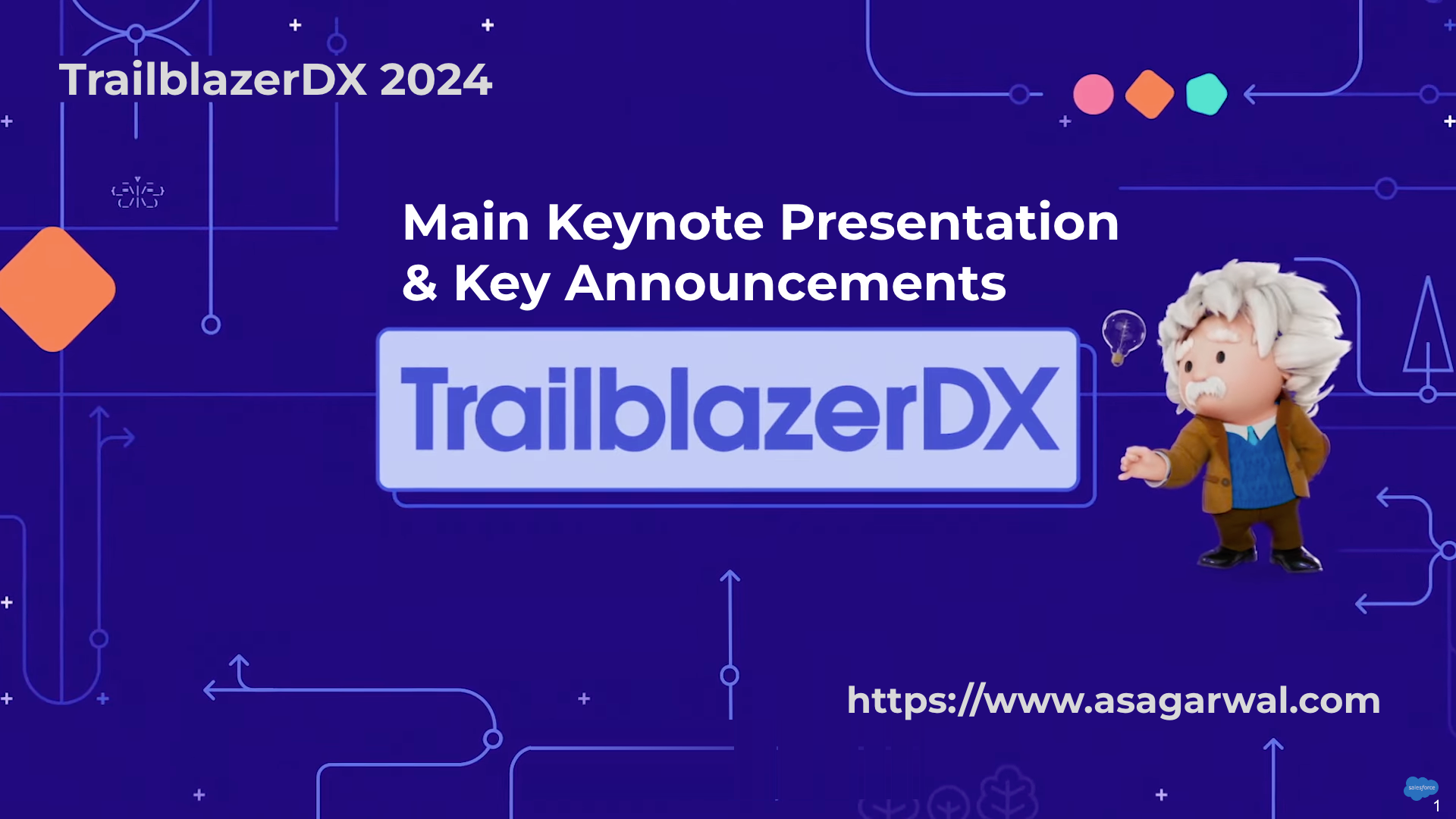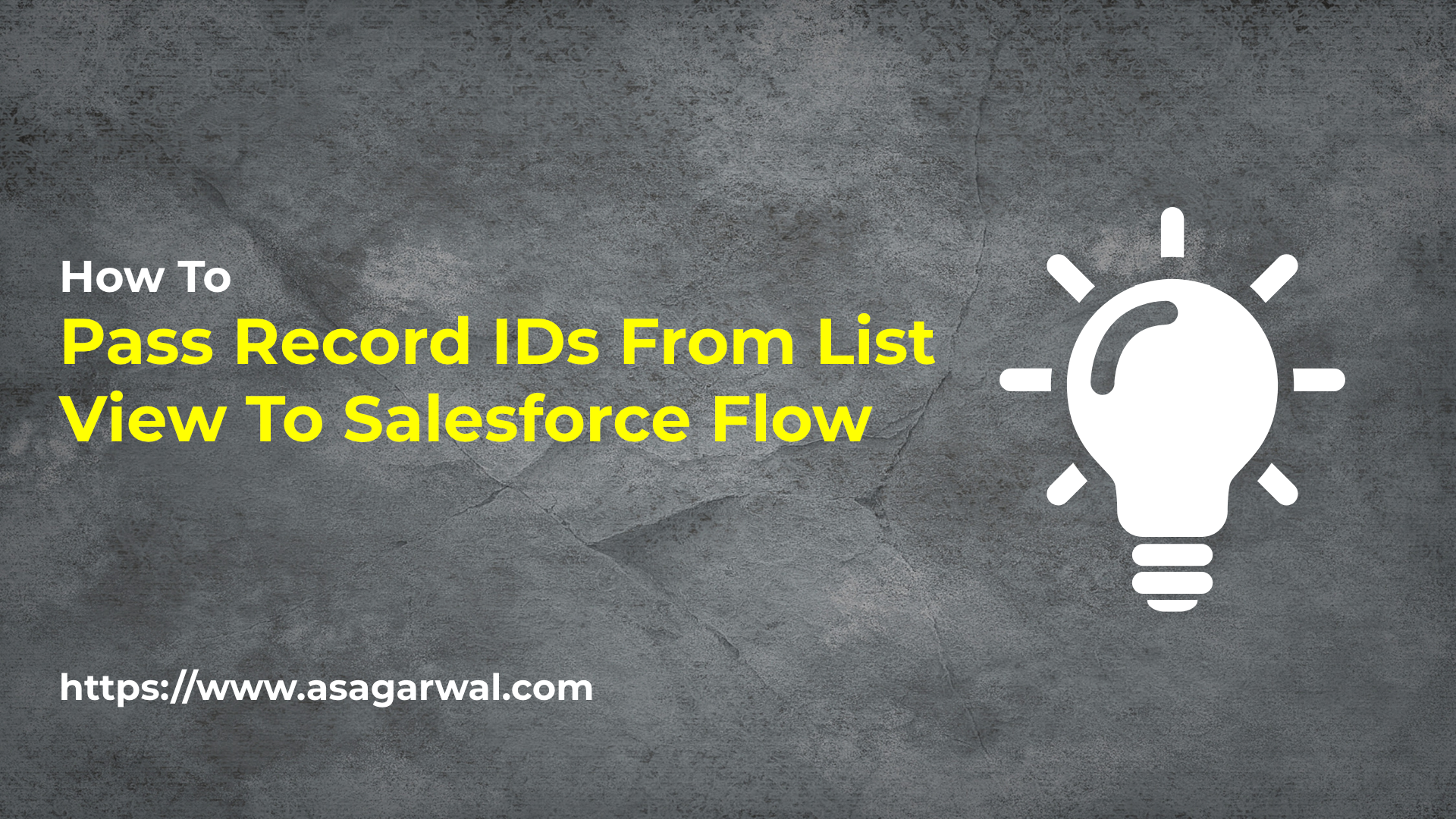Blog
How To Send Outbound Message From Flow in Salesforce
April 17, 2024
A step-by-step guide on how to send outbound message from Flow in Salesforce. Won't take more than 10-15 minutes to configure & test.
Step by Step Guide to Setting Up Email-To-Case in Salesforce
April 5, 2024
A step-by-step guide on how to setup email-to-case in Salesforce to turn emails into cases and inject it in your support queue to track and ...
A Comprehensive Guide to Custom Formula Fields in Salesforce
April 1, 2024
Boost productivity and functionality in Salesforce with custom formula fields. Automate calculations and customize business logic without extensive coding.
Visual Guide to Different Component Types in Screen Flow
March 28, 2024
A visual guide to 29 different component types in Salesforce Screen Flow. See how they look, where they can be used and the related help ...
Master Detail Vs. Lookup Relationship in Salesforce
March 26, 2024
Discover the key factors to consider when choosing between master-detail and lookup relationships in Salesforce. Make an informed decision for your data model design.
45 Hottest Features of Salesforce Spring ’24 Release
March 21, 2024
Explore the 45 hottest features of Salesforce Spring '24 Release in a flash! Master the latest updates in just under 45 minutes.
How To Redirect Users to a Record from Screen Flow
March 19, 2024
Learn how to redirect users to a record from Screen Flow. Improve user experience in just a few minutes.
TrailblazerDX 2024 – The Future of User Management in Salesforce
March 14, 2024
User management in Salesforce will be getting a massive makeover making it easier & faster than ever to manage, diagnose and troubleshoot.
TrailblazerDX 2024 – Recap, Presentation & Key Announcements
March 8, 2024
Here is a quick recap of TrailblazerDX 2024 (#TDX24) main keynote with presentation containing screenshots and key announcements.
How to Generate and Use QR Code in Salesforce
February 29, 2024
Learn how to generate & use QR codes in Salesforce. Use QR codes to streamline communication and provide quick access to information.
How To Pass Record IDs From List View To Salesforce Flow
February 23, 2024
Learn how to pass record IDs from list view to Salesforce Flow and efficiently process multiple records for your business requirements.
How To Use Repeater Component in Screen Flow
February 16, 2024
Here is a short video on how to use repeater component in Salesforce Screen Flow to allow users to add multiple records dynamically.

